1. Blended - mixed mode
1.1. Benefits
1.1.1. • Anytime, anywhere 24/7
1.1.2. • Credit (learning) recovery and Advanced Placement (AP)
1.1.3. • More course offerings
1.1.4. • Flexibility
1.1.5. • On demand content - self pacing
1.1.6. • Increased student communication and participation
1.1.7. • Engaging students with digital tools
1.2. Role of Teacher
1.2.1. Guiding and Individualizing Learning
1.2.2. Assess student understanding of learning objectives.
1.2.3. Create and facilitate group discussions.
1.2.4. Develop group projects.
1.2.5. Make constant adjustments to course resources.
1.2.6. Respond to students' questions and concepts that they are finding most challenging
1.2.7. Communication
1.2.8. Assessing, Grading, and Promoting
1.2.9. Developing Course Content and Structure
1.3. Forms
1.3.1. Rotation
1.3.2. Flex
1.3.3. Enriched Virtual - supplement
1.3.4. Self-Blend
1.4. Teacher Perspective
1.4.1. Learning environment is flexible
1.4.2. One-on-one interaction is main benefit
1.4.3. Student-centered by design
1.4.4. Quality work
1.4.5. Digital resources easily accessible
1.4.6. Student choice is the focus
1.4.7. Time and organization - flexible
2. Face-to-face
2.1. Role of Teacher
2.1.1. Responsible for Learning
2.1.2. Assess student understanding of learning objectives.
2.1.3. Create and facilitate classroom discussions.
2.1.4. Develop group projects.
2.1.5. Make constant adjustments to course resources.
2.1.6. Respond to students' questions and concepts that they are finding most challenging
2.1.7. Communication
2.1.8. Assessing, Grading, and Promoting
2.1.9. Developing Course Content and Structure
2.2. Forms
2.2.1. Independent work within the classroom (30+ students)
2.2.2. Small group
2.2.3. Whole class
2.3. Teacher Perspective
2.3.1. Learning environment is not flexible
2.3.2. One-on-one Interaction is limited
2.3.3. Student-centered is possible, often teacher centered due to size of class and management issues
2.3.4. Quality work
2.3.5. Digital resources are limited due to class size
2.3.6. Student choice can be limited due to number of students
2.3.7. Time and organization are not flexible - tied into the rest of the school
